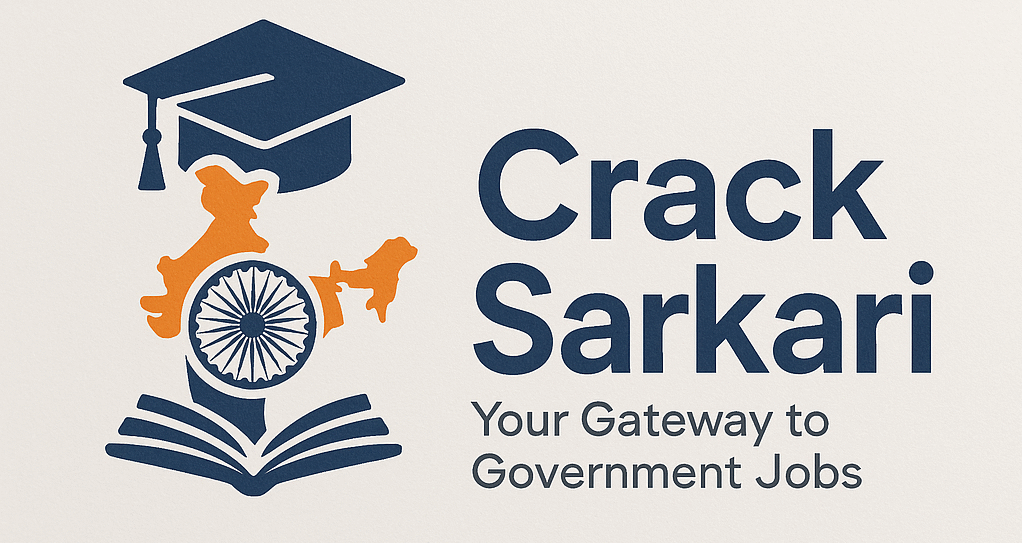India, one of the oldest civilizations in the world, boasts a rich and diverse history that spans thousands of years. From ancient empires to modern democracy, India’s journey has been shaped by cultural, social, and political transformations. A key chapter in this story is the Indian National Movement, which played a crucial role in ending British colonial rule. In this article, we explore the major periods of Indian history and the evolution of the freedom struggle.
🏛️ Ancient India: The Foundations of Civilization
India’s historical journey begins with the Indus Valley Civilization (c. 3300–1300 BCE), known for its advanced urban planning, drainage systems, and trade networks. Cities like Harappa and Mohenjo-Daro were architectural marvels of their time.
Following this, the Vedic Period (c. 1500–600 BCE) marked the composition of the Vedas, the oldest sacred texts of Hinduism. This era also saw the rise of the Varna system and early forms of governance through tribal republics.
The 6th century BCE witnessed a significant spiritual awakening with the emergence of Buddhism (by Gautama Buddha) and Jainism (by Mahavira). These movements challenged ritualistic practices and emphasized non-violence and inner purity.
🏯 Classical India: Empires and Cultural Growth
The first major empire to unify much of India was the Mauryan Empire (321–185 BCE), founded by Chandragupta Maurya. His grandson, Ashoka the Great, is remembered for his conversion to Buddhism and efforts to promote peace and tolerance across his empire.
The Gupta Empire (320–550 CE) is often called the Golden Age of India due to advancements in science, astronomy, mathematics (Aryabhata), literature (Kalidasa), and art. Hinduism flourished, though Buddhism and Jainism remained influential.
🏰 Medieval India: Invasions and Sultans
Medieval India saw the arrival of several Islamic dynasties, starting with the Delhi Sultanate (1206–1526), followed by the Mughals (1526–1857). The Mughal Empire, established by Babur, reached its zenith under rulers like Akbar, known for his policy of religious tolerance and administrative reforms.
While the Mughal Empire weakened, regional powers such as the Marathas, Rajputs, and Sikhs gained prominence. The Vijayanagara Empire in the South also stood as a significant power during this period.
🇮🇳 British Colonial Rule and the Rise of Nationalism
The arrival of European traders, especially the British East India Company in the early 1600s, marked the beginning of foreign domination. The Battle of Plassey (1757) and Battle of Buxar (1764) solidified British control in India.
Over time, exploitative economic policies, racial discrimination, and oppressive laws led to widespread discontent. The Revolt of 1857, led by figures like Rani Laxmi Bai, Bahadur Shah Zafar, and Tantia Tope, is often called the First War of Independence, although it ultimately failed.
✊ The Indian National Movement: Phases of the Freedom Struggle
1. Early Nationalism (1885–1905)
The Indian National Congress (INC) was founded in 1885 by A.O. Hume with the aim of voicing Indian concerns to the British government. Early leaders like Dadabhai Naoroji and Gopal Krishna Gokhale followed a moderate approach, seeking constitutional reforms through petitions.
2. Assertive Nationalism (1905–1918)
The Partition of Bengal (1905) by Lord Curzon led to widespread protests. Leaders like Bal Gangadhar Tilak, Lala Lajpat Rai, and Bipin Chandra Pal promoted the Swadeshi Movement and boycott of British goods. This phase saw a shift from moderate demands to more assertive actions.
3. Gandhian Era (1919–1947)
The entry of Mahatma Gandhi transformed the national movement. His principles of non-violence (ahimsa) and civil disobedience inspired millions.
Key movements during this period:
- Non-Cooperation Movement (1920–22)
- Civil Disobedience Movement (1930–34) – including the famous Dandi March
- Quit India Movement (1942) – with the slogan “Do or Die”
Parallel efforts by Subhas Chandra Bose and the Indian National Army (INA) played a crucial role in igniting nationalist sentiments.
🎉 India’s Independence
After decades of struggle, sacrifices, and negotiations, India achieved independence on August 15, 1947. However, independence came at a cost—the Partition of India and Pakistan, which led to massive communal violence and displacement.
Jawaharlal Nehru became independent India’s first Prime Minister, laying the foundation for a democratic republic.
📝 Conclusion
The history of India and the Indian National Movement reflects the resilience, unity, and cultural richness of its people. From ancient civilizations to colonial resistance and modern nationhood, India’s past continues to inspire its future. For students, historians, and citizens alike, understanding this journey is essential to appreciate the values of freedom, justice, and unity that define India today.
